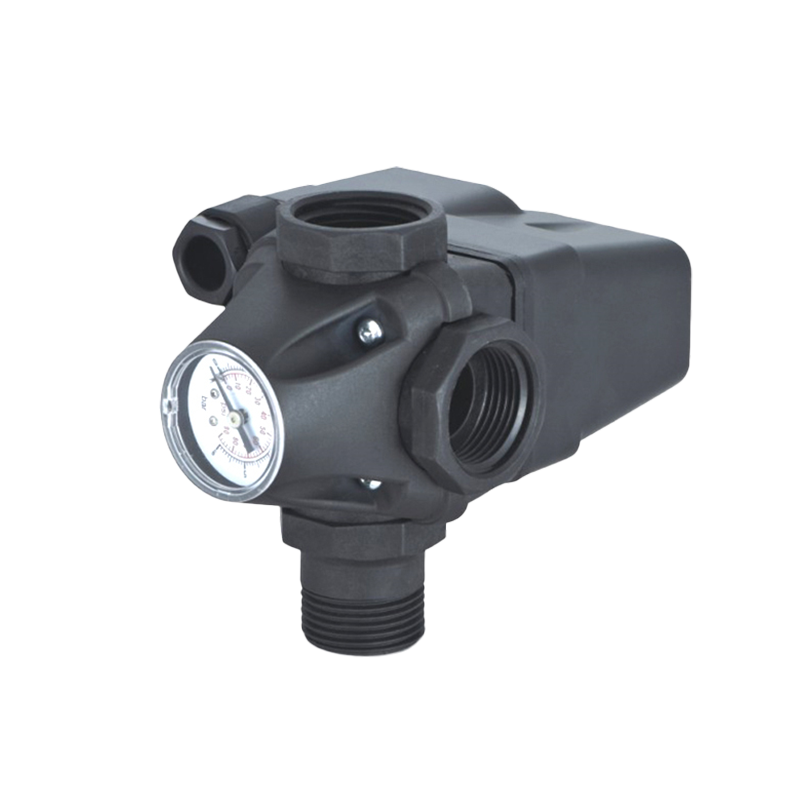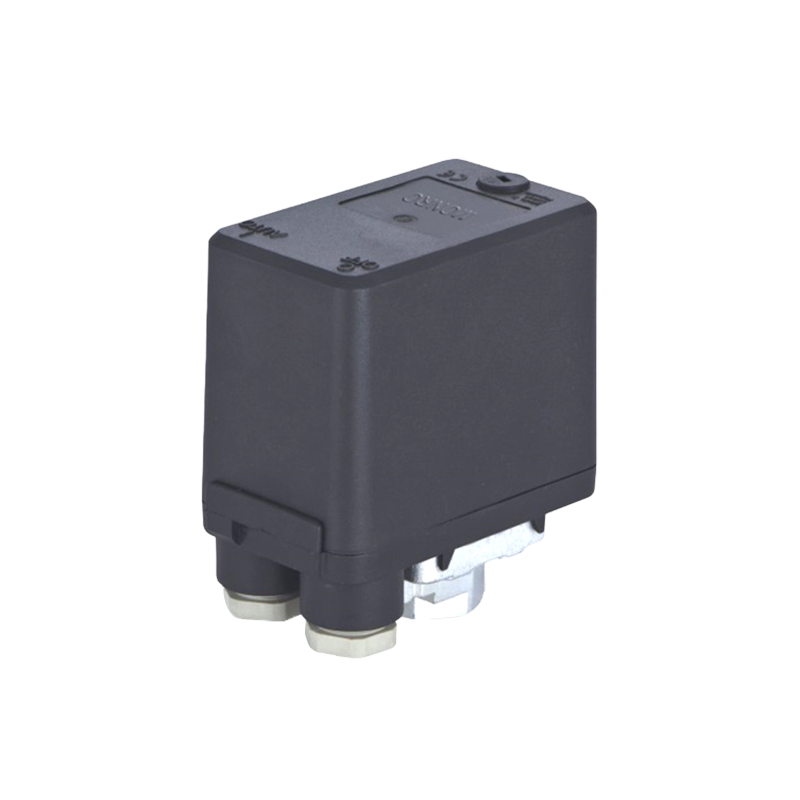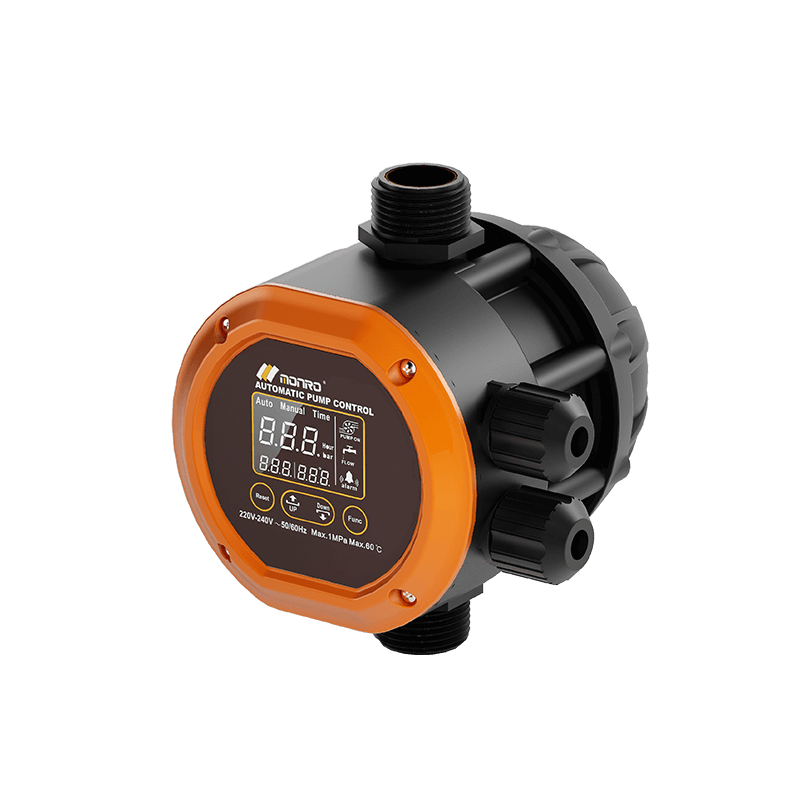Don't hesitate to send a message
Web Menu
Product Search
Exit Menu
Critical Factors When Installing Automatic Pump Control in Various Conditions
Diverse Operational Conditions
Installation Automatic Pump Control requires careful consideration of the specific operating environment because different fluid systems—such as water supply, wastewater, and industrial liquid transfer—present distinct challenges. Proper installation ensures system efficiency, longevity, and safety while preventing common issues like cavitation, backflow, or mechanical failures. Each application demands tailored strategies to address fluid properties, pressure requirements, and environmental factors.
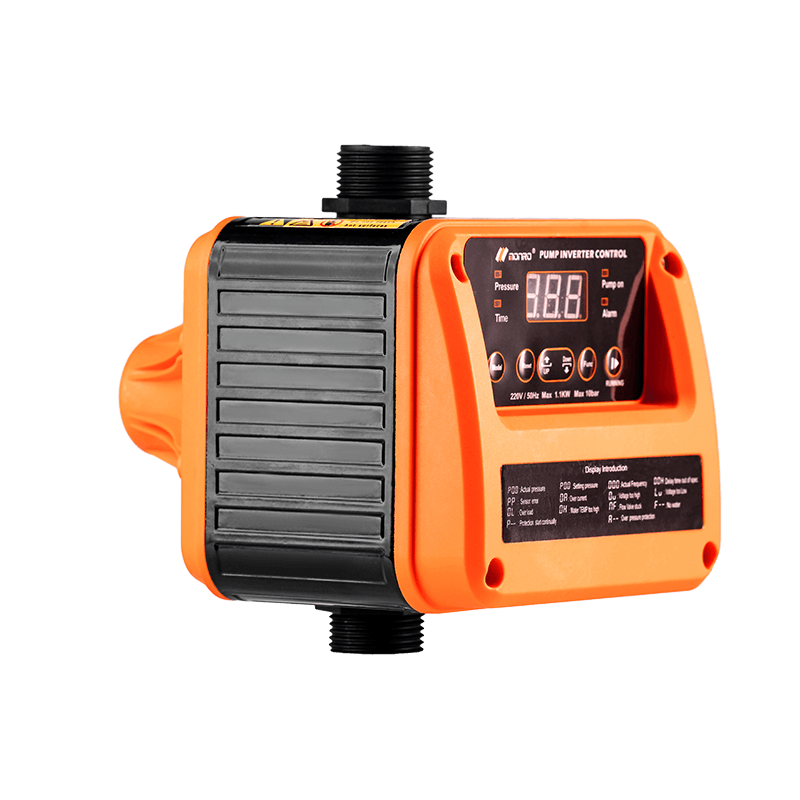
Key Considerations for Water Supply Systems
Consistent Pressure Maintenance: Ensure suction and discharge lines are properly sized to provide stable water pressure across the network.
- Air Entrapment Prevention: Implement venting or flooded suction configurations to avoid air pockets in the suction line that can reduce pump efficiency.
- Valve and Flow Monitoring Selection: Choose valves, flow meters, and pressure switches that comply with water quality standards and provide accurate system feedback.
- Corrosion-Resistant Materials: Use stainless steel, treated plastics, or other corrosion-resistant materials to maintain water safety and prevent long-term degradation.
- Surge Protection: Install surge tanks or dampeners to mitigate water hammer effects that could damage pumps or piping.
Key Considerations for Wastewater Handling
Debris Management: Incorporate strainers, filters, or grinder units to prevent clogging caused by solids, sludge, or abrasive particles.
- Pipe Sizing and Alignment: Ensure pipes are large enough to accommodate fluctuating flow rates, and verify proper alignment to reduce vibration or misalignment.
- Gas Venting and Odor Control: Install venting systems to prevent gas buildup and control odors, improving safety and maintenance conditions.
- Accessible Layout: Arrange pumps and control panels for easy inspection, cleaning, and repairs due to frequent maintenance requirements.
- Backflow Prevention: Integrate check valves and isolation mechanisms to prevent reverse flow that could compromise system sanitation.
Key Considerations for Industrial Liquid Transfer
Material Compatibility: Ensure pumps, gaskets, and pipelines resist chemical corrosion, high viscosity fluids, and temperature extremes.
- Temperature Control: Consider insulation or heating elements to maintain fluid viscosity and prevent thermal expansion or contraction issues.
- Leak Detection and Safety: Install sensors, alarms, and emergency shutoff systems to detect abnormal pressure, flow variation, or fluid leaks.
- Flow Stability: Configure automated controls to maintain consistent flow rates, even under changing process conditions or variable load demands.
- Containment Measures: Implement secondary containment or protective barriers to prevent spills from causing environmental or workplace hazards.
Flow Monitoring, Calibration, and Automation
- Sensor Accuracy: Select flow meters and pressure sensors appropriate for each fluid type to ensure reliable readings.
- System Calibration: Test and calibrate controllers and sensors to respond correctly to variations in flow and pressure.
- Automated Adjustments: Configure the system to modulate pump speed dynamically, ensuring suitable operation across all conditions.
- Data Logging and Monitoring: Enable real-time monitoring to identify early signs of inefficiency or system stress.
Maintenance and Operational Accessibility
- Clear Access: Position pumps, valves, and control panels to facilitate routine inspections, maintenance, and repairs.
- Preventive Maintenance Plans: Establish schedules tailored to water, wastewater, or industrial systems to reduce unexpected downtime.
- Component Inspection: Regularly check seals, gaskets, sensors, and valves to maintain efficiency and reliability over time.
Tailoring Installation to Specific Application Needs
Installing automatic pump control systems across diverse operating conditions requires careful attention to fluid characteristics, pressure stability, material selection, and safety measures. Whether managing water supply, wastewater, or industrial liquids, engineers must ensure proper pipe sizing, flow control, backflow prevention, and environmental protection. By integrating monitoring, calibration, and maintenance planning into the installation process, Installation Automatic Pump Control systems can operate reliably, efficiently, and safely, providing long-term performance while reducing operational risks. The careful consideration of application-specific factors ensures that pumps meet both immediate operational needs and long-term sustainability goals.
-
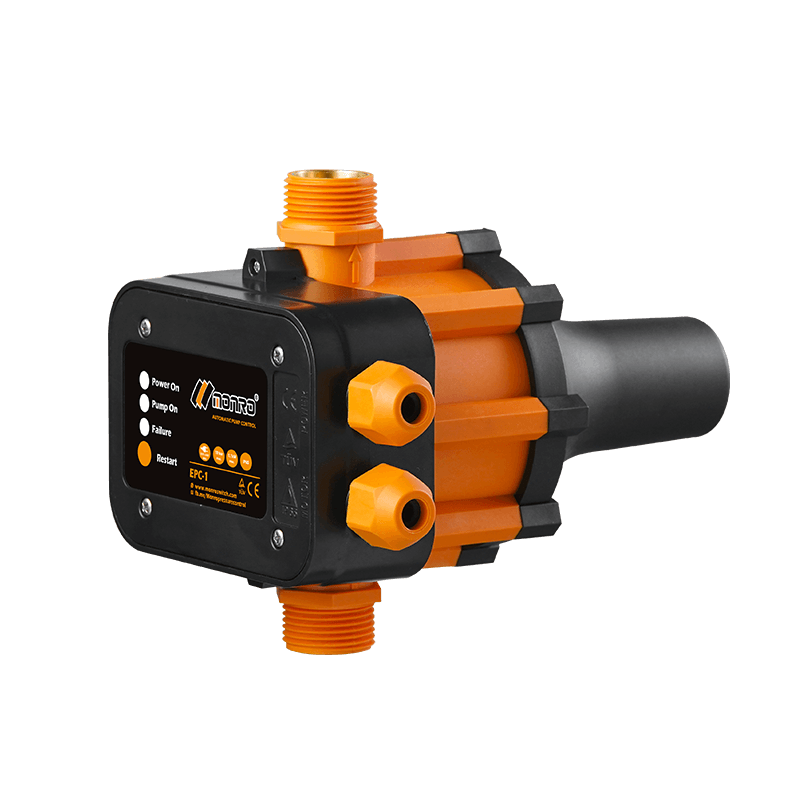 EPC-1
EPC-1Monro EPC-1 model pump controller is the classic and basic type, was loved by user in the global mar...
-
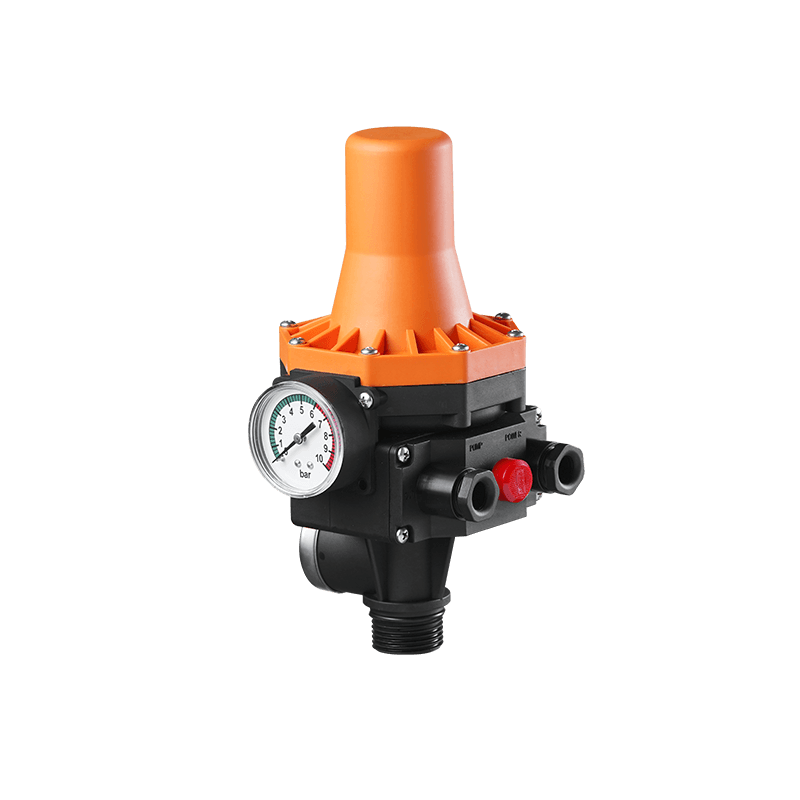 EPC-3
EPC-3Monro EPC-3 spain design auto on and off press control, an intelligent and economical system designe...
-
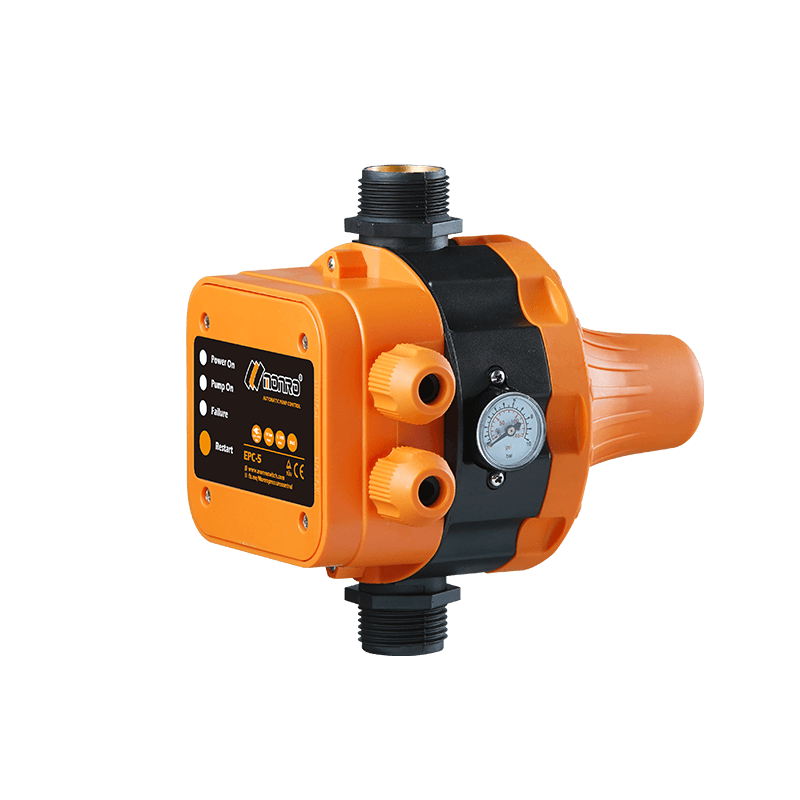 EPC-5
EPC-5Monro EPC-5 model automatic pump control, a device which assembled on the water pump (recommended si...
-
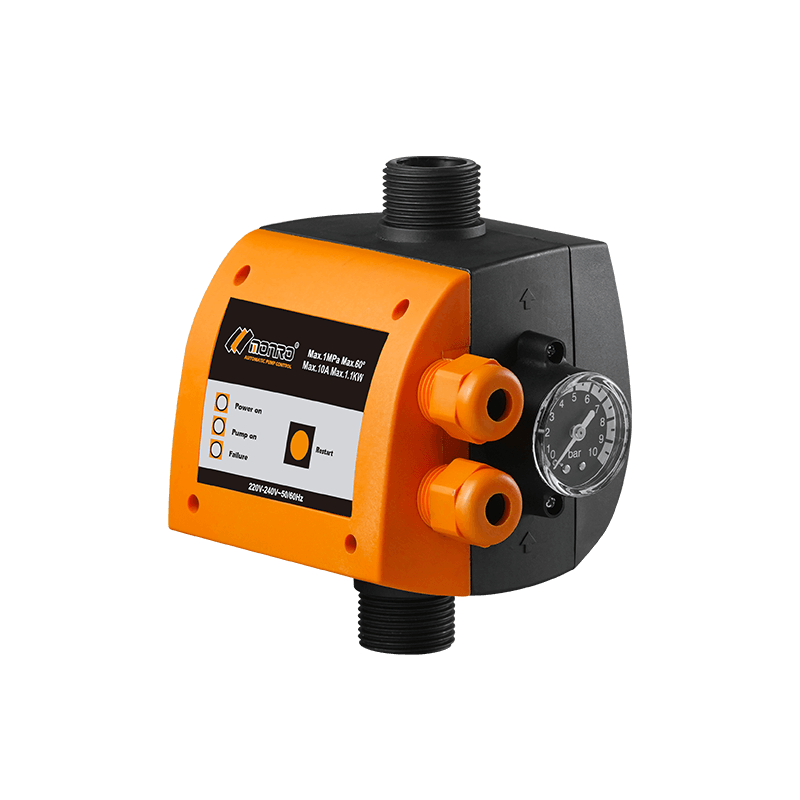 EPC-9
EPC-9Monro EPC-9 model pressure controller, is a big power device for automatic control and protection of...
-
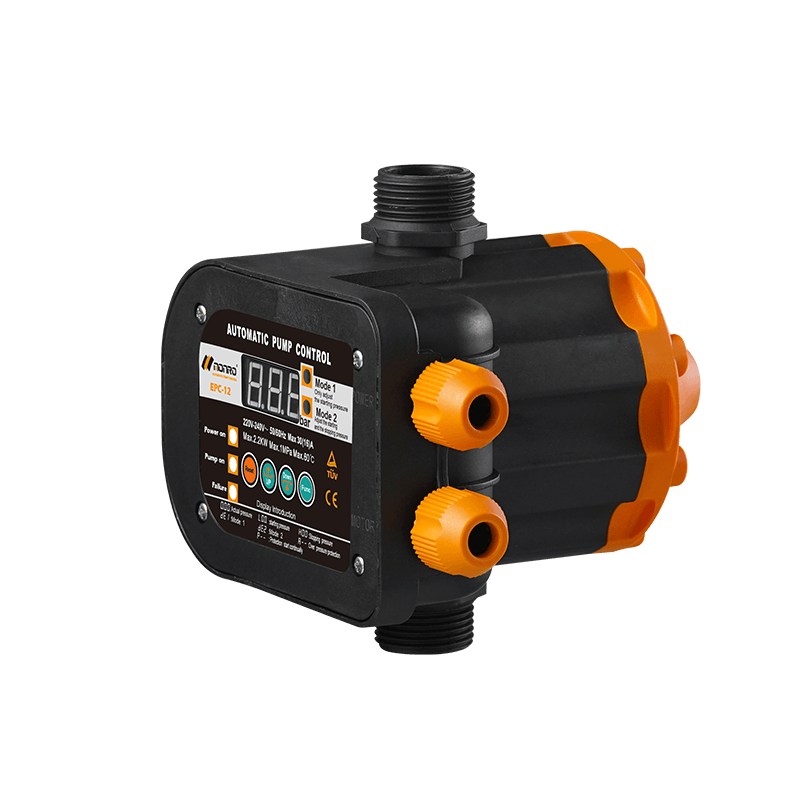 EPC-12
EPC-12Monro EPC-12 smart top-level automatic pump control is a multi-function model combined with traditio...
-
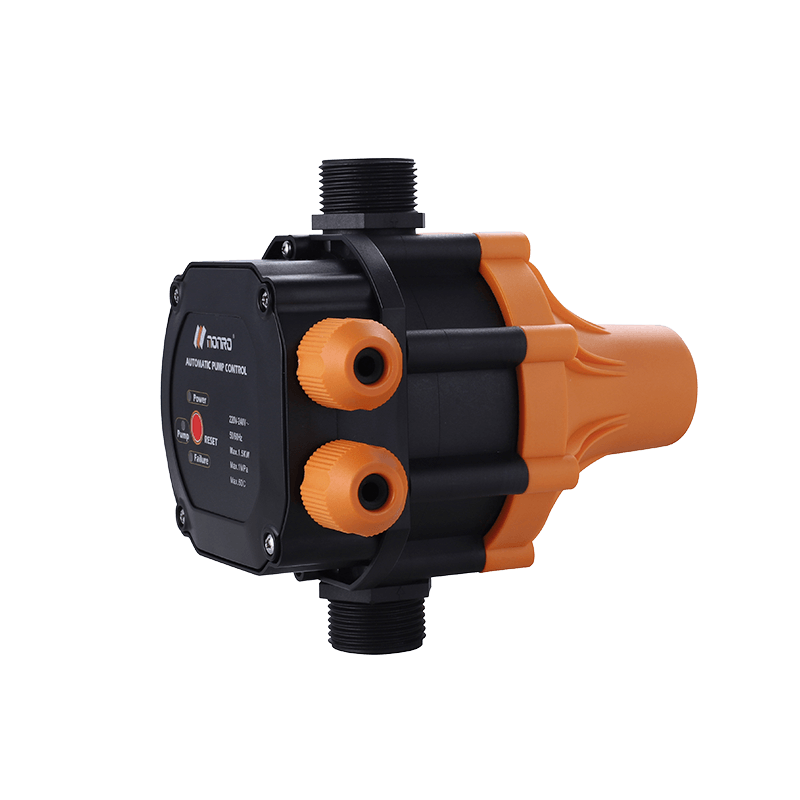 EPC-14
EPC-14Monro EPC-14 model pressure control is a big power device for automatic control and protection of el...
-
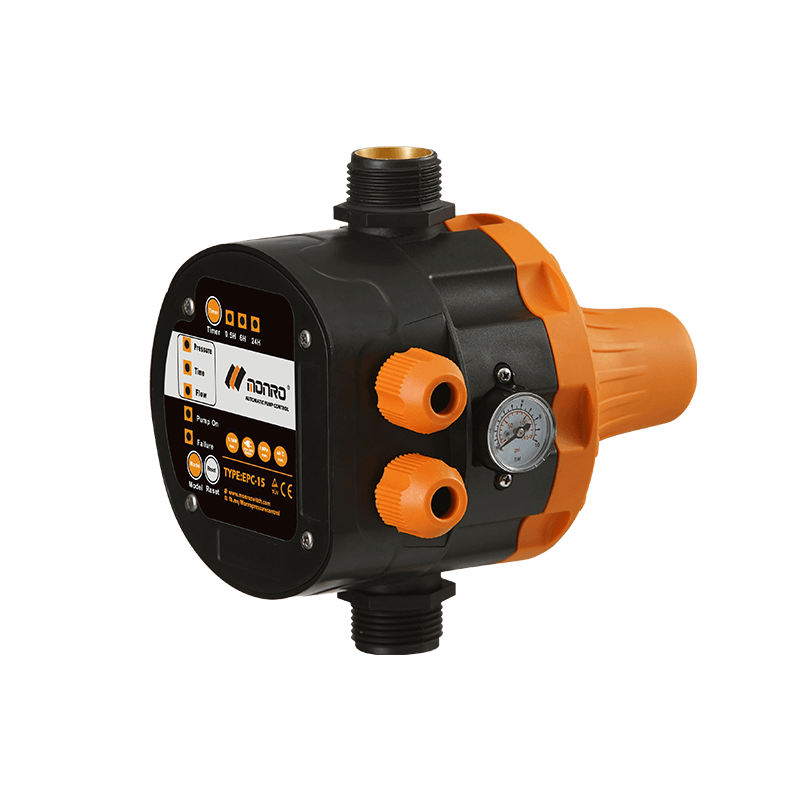 EPC-15
EPC-15Monro EPC-15 model automatic pump control, a device which assembled on the water pump (recommended s...
-
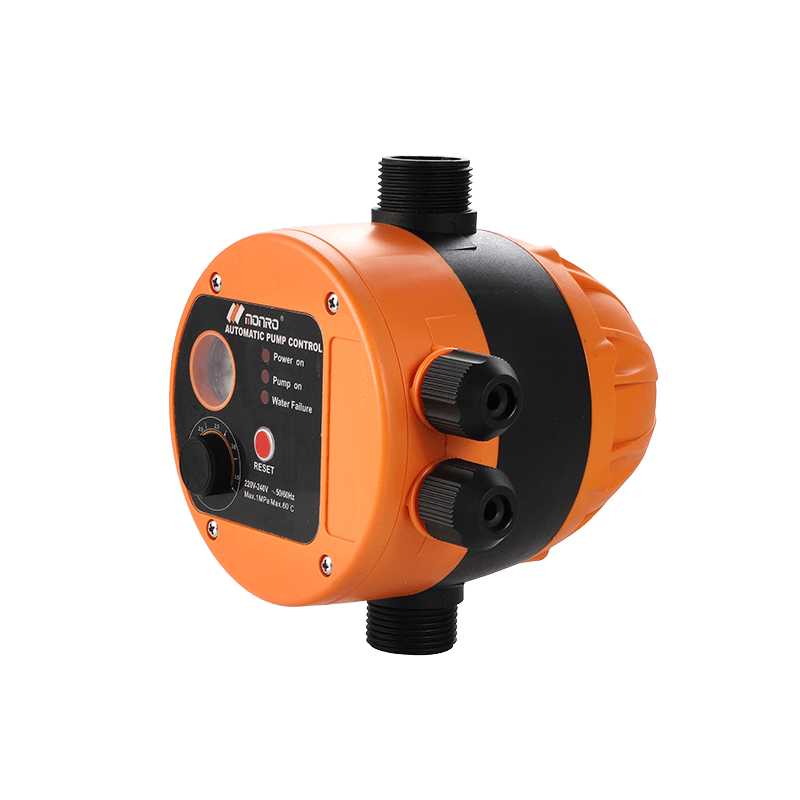 EPC-16
EPC-16EPC-16 is the new patent pump controller by Monro. Its key highlight is tooless (manual knob) start...
find our office
Committed to providing professional pressure control solutions for various types of water pumps and air compressors.

 简体中文
简体中文 English
English Español
Español